
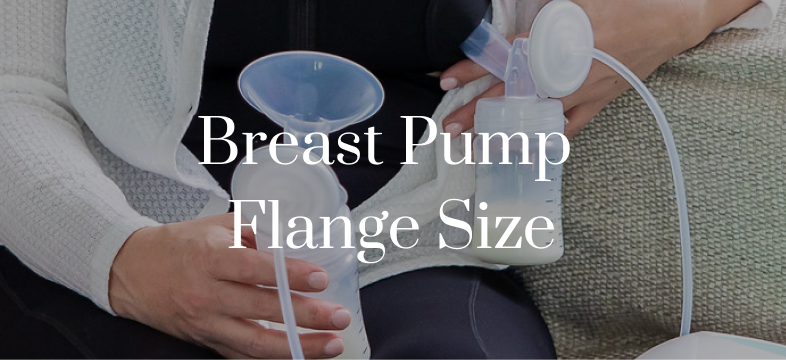
Finding the right flange size can make a world of difference in your pumping journey. Use the tools below to determine the right fit!
What is a Breast Pump Flange?
A breast pump flange, also known as a breast shield, is a plastic or silicone piece that fits directly over your nipple to form a seal. When you begin to pump, this creates a vacuum seal that should only draw your nipple into the flange tunnel for maximum milk extraction. Many pumps come with 24mm flanges, but you may need to select smaller or larger flanges based on your measurement and experience when pumping.
Having the correct flange size is key for allowing adequate pump suction and milk removal. An incorrect flange size can lead to clogged milk ducts, mastitis, lower milk supply, nipple pain and damage.
See a lactation provider to help you determine the correct flange size for your specific anatomy.
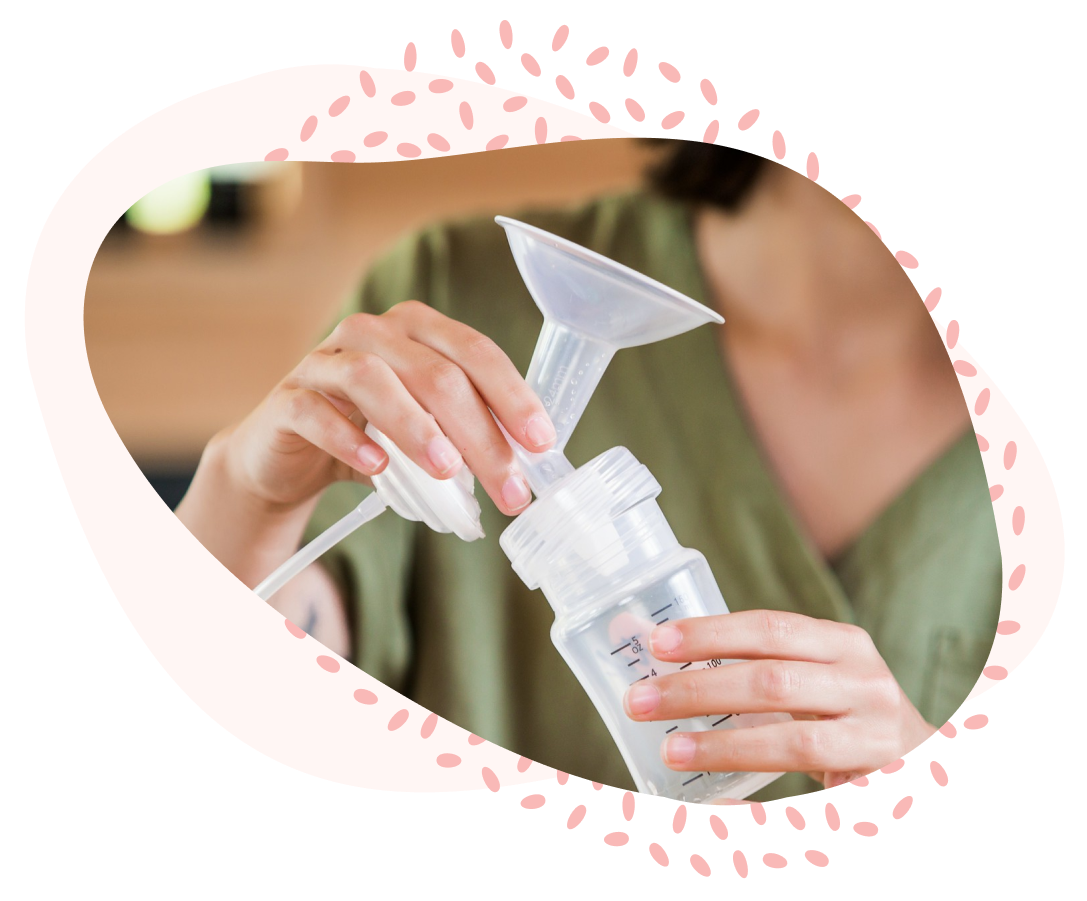

Flange Fit During Pumping
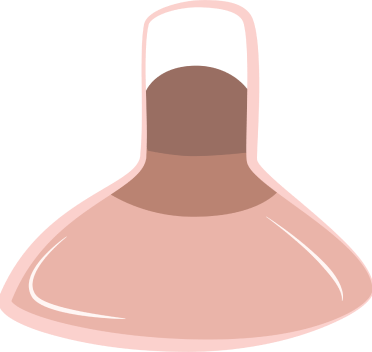
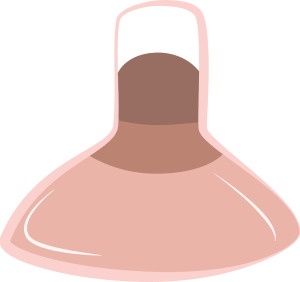
TOO SMALL
A flange that is too small can cause friction as the nipple moves through the tunnel and may result in pain and damage.
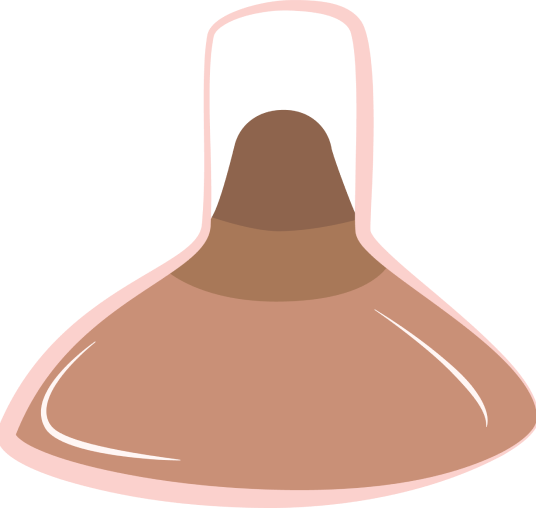
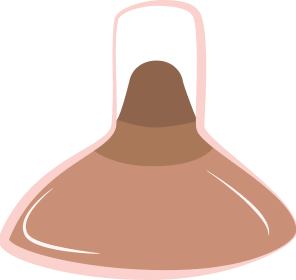
GOOD FIT
Your nipple should be able to move gently in the flange tunnel without pain.
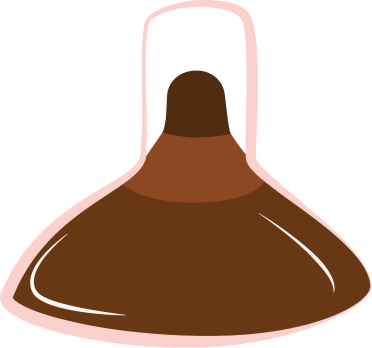
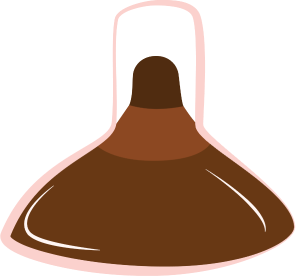
TOO LARGE
A flange that is too large can allow too much of your areola to enter the flange tunnel and can result in painful swelling and rubbing.
How to Find the Right Flange Size
- Do not pump or nurse before measuring, but do roll your nipple gently to stimulate.
- You can use a measuring tape, silicone nipple measuring tool, or this printable measuring ruler to determine the diameter of your nipple.
- Measure your nipple in millimeters at the widest part (typically the base). Measure both breasts as you may need two different sizes.
- Most moms find that adding 0-3 mm to their nipple size provides the most comfortable and effective flange size.
What to Measure?
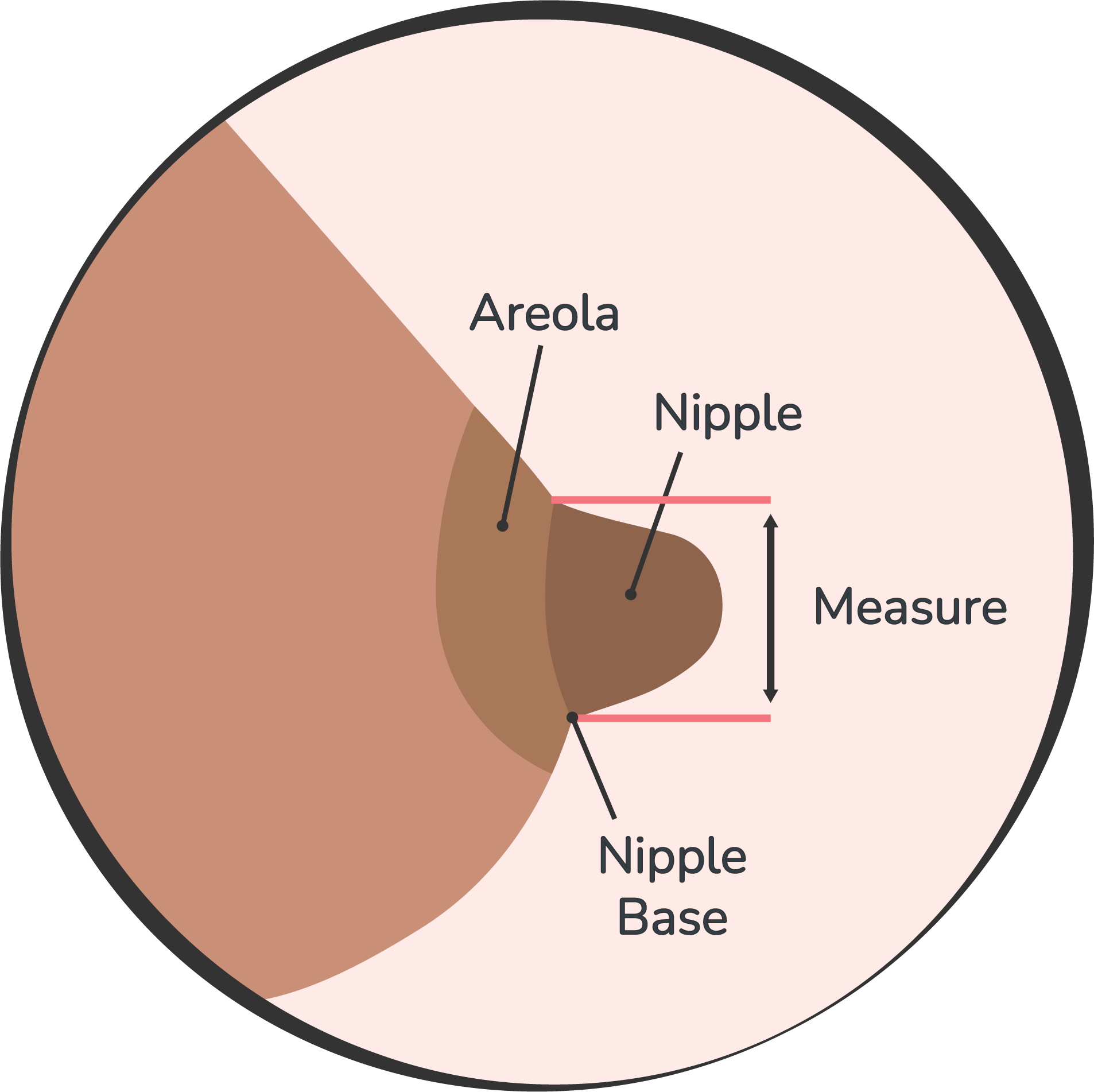

Tools to Measure Flange Size
You can use these items from around the house to measure your nipple diameter to find the right flange size if you don’t have a measuring tape or tool.
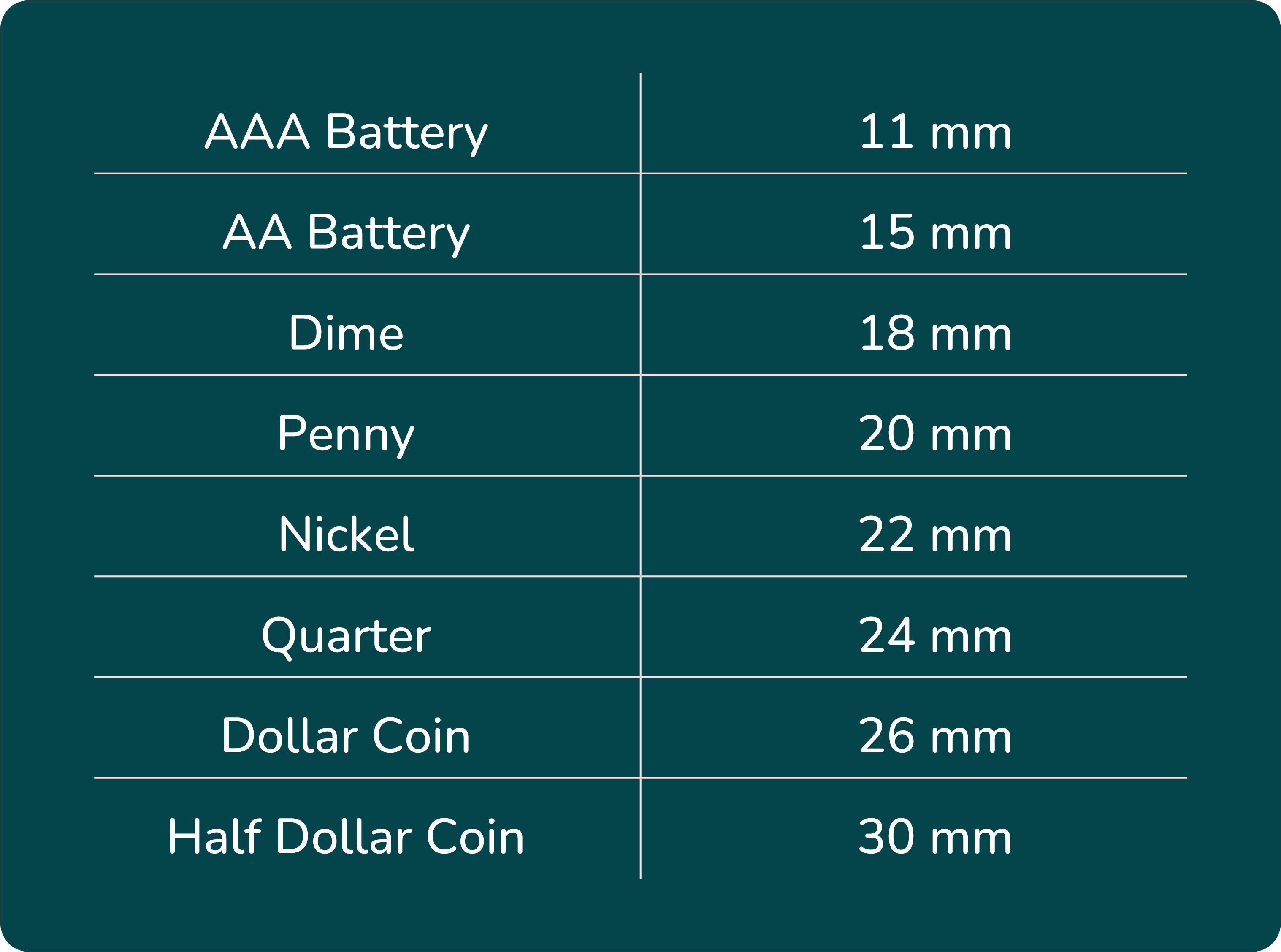

The COMFY Test
Use the acronym "COMFY" to help determine your flange size. This term was specifically designed to help moms remember the 5 major guidelines for breast shield sizing.
C – Center Nipples Behind the Flange Opening
Your nipple should move in the tunnel without swelling, color change or pain.
O – Only the Nipple Should Enter the Flange Tunnel
Many moms find the most comfortable and effective flange is closely fitted to the nipple diameter.
M – Motion of Your Breast is Gentle and Rhythmic
There should be no loss of suction resulting in a sudden release of the breast tissue at the end of each cycle.
F – Feels Comfortable
Your breast pump shouldn't be uncomfortable or cause any pain and tenderness.
Y – Yields Well-Drained Breasts
Your breasts should feel softer and lighter after each pumping session.
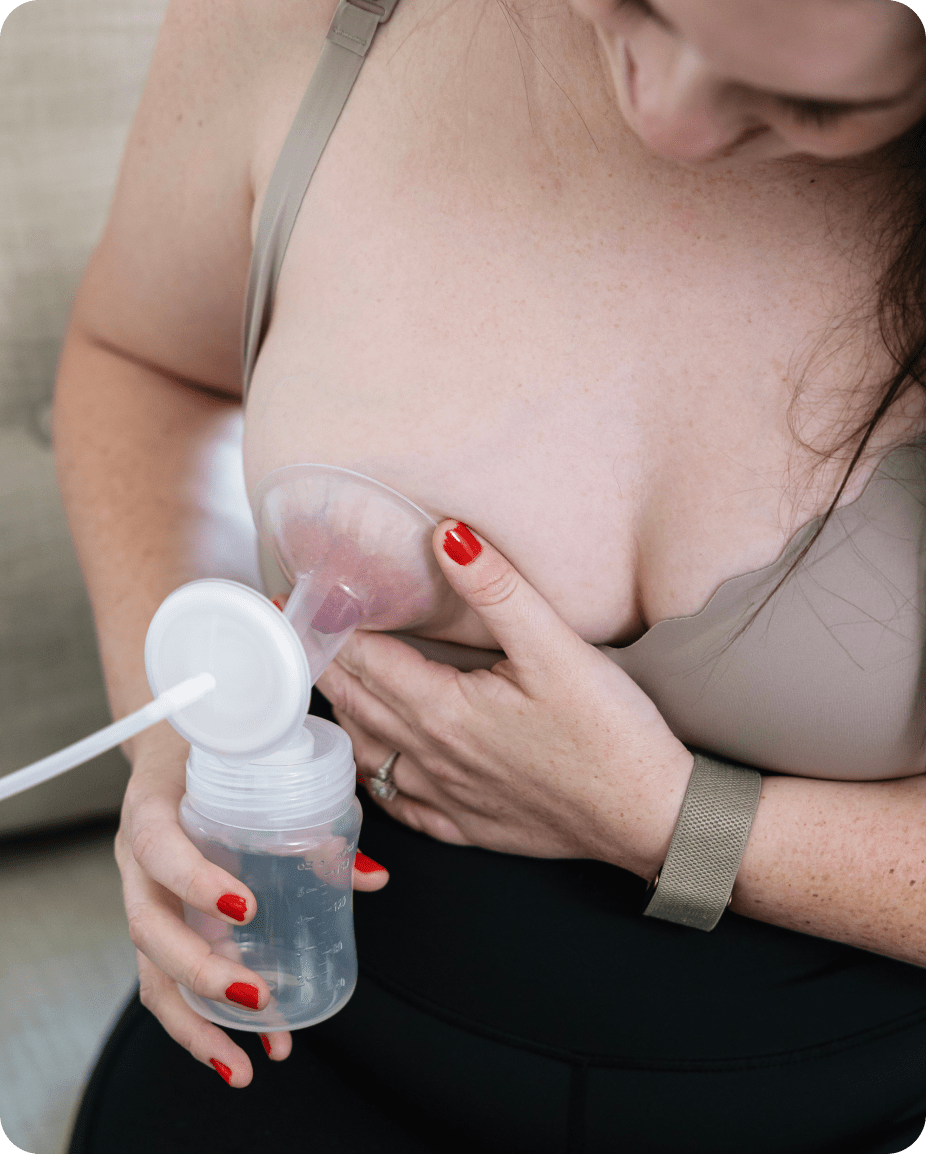
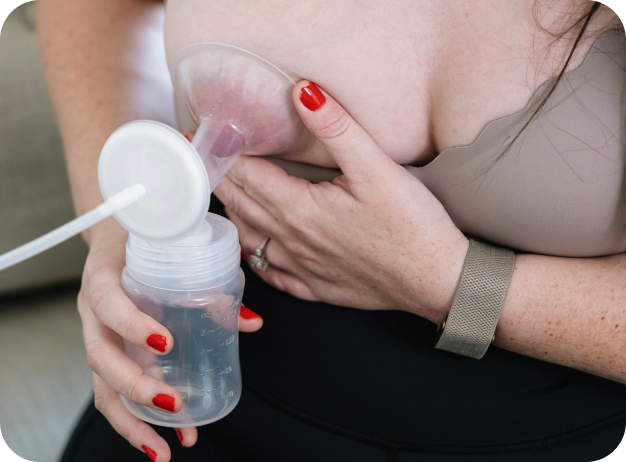
Available Sizes
Flanges and flange inserts (silicone insert that reduces the size of 24mm flanges) are available from 10mm-40mm. Download the chart to find available flange sizes for select pumps. If your flange size isn’t available through your pump’s manufacturer, a lactation provider can guide you in purchasing a flange or sizing insert that is compatible with your pump.
Will My Flange Size Change?
Possibly! Your breasts may change throughout your pregnancy and the postpartum period, so it’s important to check your flange size if your pumping sessions become painful or less effective.
You may qualify for new breast pump supplies through insurance. Be sure to choose the best fitting flange.
